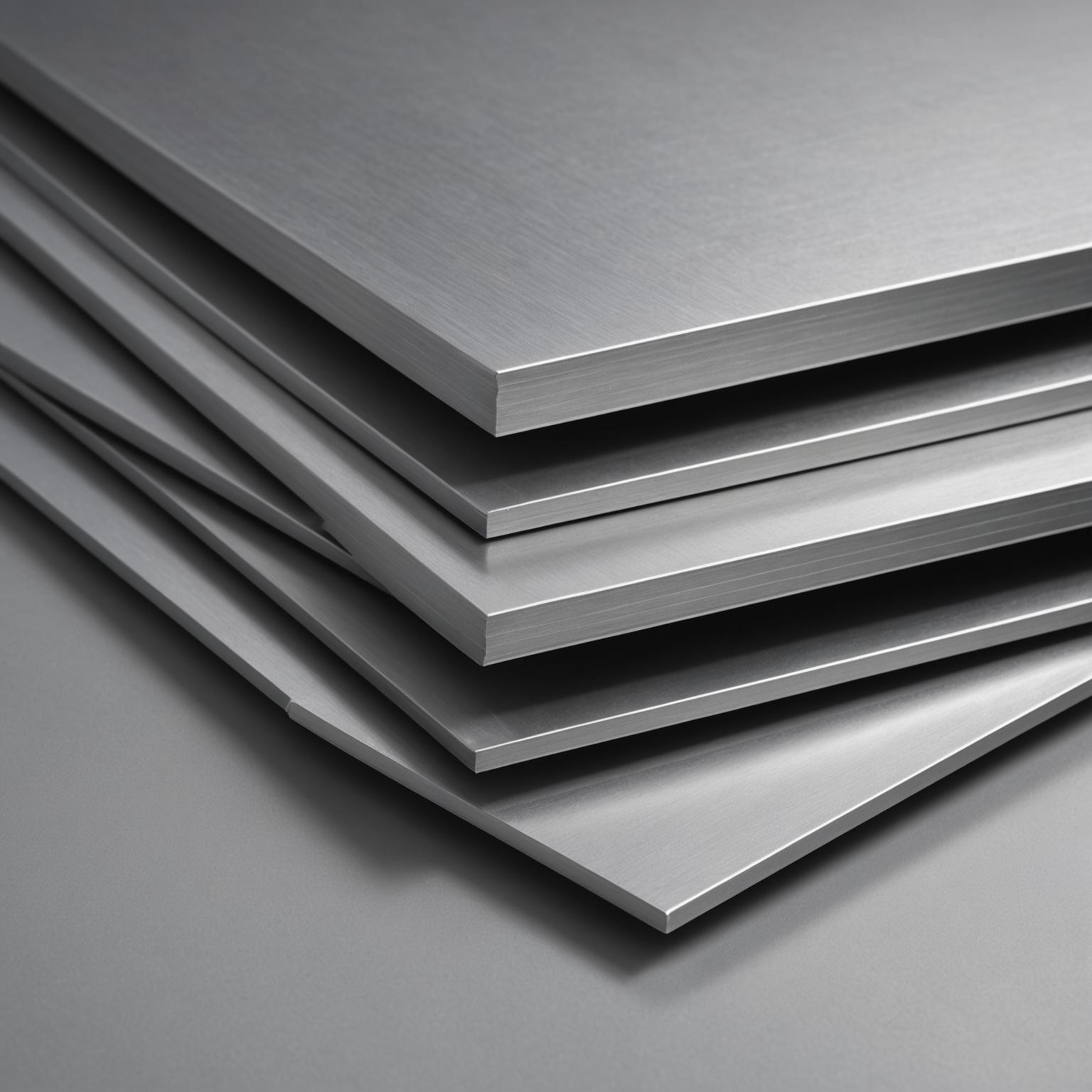Understanding Stainless Steel Sheets
Stainless steel sheets have become a mainstay across various industries due to their versatility, durability, and resistance to corrosion. These characteristics make them an essential material, particularly in environments that require stringent hygiene standards and robust structural integrity. One significant sector benefiting from stainless steel sheets is the food industry, where cleanliness and contamination prevention are paramount.
Why Stainless Steel Sheets Are Used in the Food Industry
When it comes to food processing and manufacturing, stainless steel sheets are indispensable. The food industry demands materials that are non-toxic, easy to clean, and resistant to corrosion—qualities that stainless steel sheets naturally possess. Their ability to withstand repeated sterilization processes without losing structural integrity makes them ideal for kitchen surfaces, food storage containers, and equipment.
Moreover, stainless steel’s sleek and non-porous surface prevents bacterial accumulation, thus safeguarding food products from contamination. Whether it’s in commercial kitchens, restaurants, or large-scale food production facilities, stainless steel sheets are trusted to maintain the highest standards of hygiene and safety.
How to Choose the Right Stainless Steel Sheets for Food Applications
Selecting the correct type of stainless steel sheets for food-related applications involves understanding different grades and specifications that cater to specific needs. Common grades like 304 and 316 stainless steel are preferred due to their superior rust resistance and strength. Grade 304 is an industry favorite for its excellent corrosion resistance, making it suitable for equipment exposed to acids found in fruits and vegetables.
On the other hand, grade 316 contains molybdenum, which further enhances its resistance to pitting and corrosion from chemicals and salt, ideal for more aggressive food processing environments. Choosing the right stainless steel sheet requires balancing cost considerations with the necessary functional properties to ensure longevity and performance.
Maintaining Stainless Steel Sheets in Food Industry Settings
To maximize the lifespan and effectiveness of stainless steel sheets in food industry settings, regular maintenance is essential. Cleaning protocols should be designed to prevent the build-up of dirt and contaminants while preserving the steel’s surface integrity. Use non-abrasive cleaners and cloths coupled with regular sanitization to keep stainless steel surfaces spotless and food-safe.
It’s also advisable to routinely inspect stainless steel sheets for signs of wear or damage, as prompt repairs can prevent potential hazards in food processing environments. Proper maintenance not only extends the usability of stainless steel sheets but also reinforces their role in ensuring food safety and preventing contamination.
The Future of Stainless Steel Sheets in the Food Industry
As the food industry's demand for sustainable and efficient materials grows, stainless steel sheets continue to evolve with improved features and capabilities. Innovations in stainless steel alloy compositions offer even greater resistance to corrosion and wear, aligning with the industry's goals for sustainability and performance. The development of high-strength, low-weight stainless steel options provides easier installation and greater adaptability for various food production settings.
Ultimately, stainless steel sheets remain a critical component in the food industry, constantly adapted to meet ever-evolving demands. Their unmatched reliability and hygienic properties reinforce their position as a valuable resource, poised to support future advancements in food manufacturing processes.








